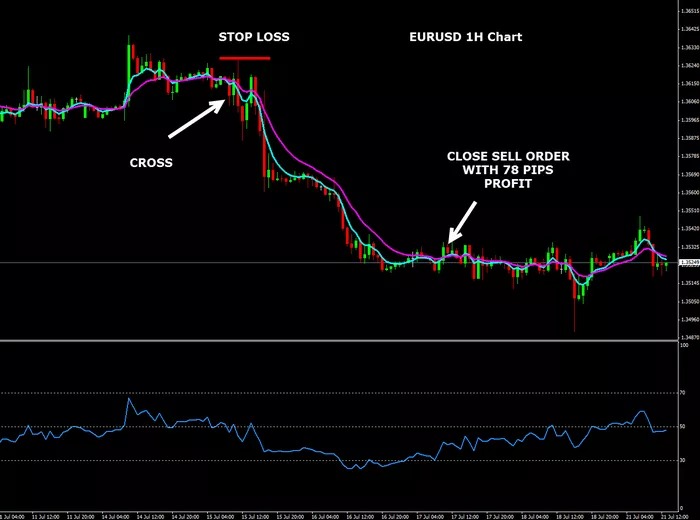Trading the US Dollar (USD) in the foreign exchange market can be highly lucrative if done at the right time. Understanding the optimal periods for trading USD involves analyzing market hours, economic events, and market volatility. This article will delve into the various factors that can help you determine the best times to trade USD.
Understanding Forex Market Hours
The foreign exchange market operates 24 hours a day, five days a week, allowing traders worldwide to engage in currency trading at any time. However, not all hours are equally conducive to trading USD.
Forex Market Sessions
The forex market is divided into four main trading sessions:
Sydney Session
Tokyo Session
London Session
New York Session
Each session has its own characteristics and impacts on currency pairs involving USD.
Sydney Session
Time: 5 PM to 2 AM EST
Characteristics: Generally, low volatility and trading volume.
Impact on USD: Limited impact as it overlaps minimally with major economic activities in the US.
Tokyo Session
Time: 7 PM to 4 AM EST
Characteristics: Moderate volatility, particularly for JPY pairs.
Impact on USD: Moderate impact due to significant trade relations between the US and Japan.
London Session
Time: 3 AM to 12 PM EST
Characteristics: High volatility and trading volume, especially for European currencies.
Impact on USD: Significant impact as it overlaps with the beginning of the US market.
New York Session
Time: 8 AM to 5 PM EST
Characteristics: High volatility and trading volume, especially for USD pairs.
Impact on USD: Most significant impact as it coincides with major US economic releases and the close of the London session.
See Also: 7 Points Explained: Swing Trading in Forex
Optimal Overlap Periods
London-New York Overlap
Time: 8 AM to 12 PM EST
Significance: This overlap is considered the most volatile and liquid period in the forex market.
Reason: Both the London and New York sessions are active, leading to increased trading activity and significant market movements.
Ideal for: Traders looking for high liquidity and significant price movements in USD pairs.
Tokyo-London Overlap
Time: 3 AM to 4 AM EST
Significance: This overlap is relatively short and less volatile compared to the London-New York overlap.
Reason: Both sessions are winding down, leading to moderate trading activity.
Ideal for: Traders preferring lower volatility and less risk.
Economic Indicators and Events
Major Economic Releases
Economic indicators and events play a crucial role in determining the best times to trade USD. Key releases to watch include:
Non-Farm Payrolls (NFP)
Release Time: First Friday of each month at 8:30 AM EST
Impact: High volatility and significant price movements in USD pairs.
Reason: NFP provides insights into the health of the US labor market, influencing monetary policy decisions.
Federal Reserve Meetings
Release Time: Varies, typically every six weeks.
Impact: High volatility, especially if there are changes in interest rates or monetary policy.
Reason: Decisions by the Federal Reserve affect the supply of USD and investor sentiment.
Consumer Price Index (CPI)
Release Time: Monthly at 8:30 AM EST
Impact: Moderate to high volatility depending on the results.
Reason: CPI measures inflation, influencing interest rate expectations.
Gross Domestic Product (GDP)
Release Time: Quarterly at 8:30 AM EST
Impact: Moderate volatility.
Reason: GDP growth rates indicate the overall economic health of the US, impacting USD value.
Geopolitical Events
Geopolitical events can also create volatility in the forex market. Key events include:
US Elections
Impact: High volatility, particularly during presidential election years.
Reason: Political stability and policy changes can influence investor confidence and USD strength.
Trade Wars and Tariffs
Impact: Significant impact on USD pairs, especially those involving trade partners like China.
Reason: Trade policies affect economic growth and market sentiment.
Seasonal Trends in USD Trading
Seasonal trends can also affect the best times to trade USD. Historical data shows certain patterns:
Summer Months (June to August)
Characteristics: Lower volatility and trading volume.
Reason: Many traders and financial institutions take vacations, leading to reduced market activity.
Ideal for: Traders looking for stable and less volatile market conditions.
Year-End (December)
Characteristics: Increased volatility and volume.
Reason: Year-end portfolio adjustments, tax considerations, and holiday-related spending.
Ideal for: Traders seeking short-term opportunities and willing to manage higher risks.
Intraday Timing Strategies
Early Morning Trading
Time: 8 AM to 10 AM EST
Significance: Coincides with key economic releases and the opening of the New York session.
Ideal for: Capitalizing on early market momentum and price swings.
Midday Trading
Time: 12 PM to 2 PM EST
Significance: Lower volatility as traders digest morning data.
Ideal for: Range trading and consolidation strategies.
Late Afternoon Trading
Time: 2 PM to 5 PM EST
Significance: Increased volatility as traders position for the close of the New York session.
Ideal for: End-of-day trading strategies and capturing final price movements.
Technical Analysis Considerations
Key Technical Levels
Identifying key technical levels can enhance timing strategies:
Support and Resistance Levels
Significance: Areas where price tends to reverse or consolidate.
Ideal for: Entry and exit points based on price reactions to these levels.
Moving Averages
Significance: Helps identify trends and potential reversal points.
Ideal for: Timing trades based on crossovers and price interactions with moving averages.
Volatility Indicators
Using volatility indicators can help identify the best times to trade USD:
Average True Range (ATR)
Significance: Measures market volatility.
Ideal for: Adjusting position sizes and risk management during high volatility periods.
Bollinger Bands
Significance: Identifies overbought and oversold conditions.
Ideal for: Timing entries and exits based on price interactions with the bands.
Risk Management Strategies
Effective risk management is crucial when trading USD. Consider the following strategies:
Position Sizing
Method: Adjusting trade size based on volatility and account size.
Significance: Helps manage risk and potential losses.
Stop-Loss Orders
Method: Setting predefined levels to limit losses.
Significance: Protects against adverse market movements and reduces emotional trading.
Take-Profit Orders
Method: Setting predefined levels to lock in profits.
Significance: Ensures disciplined trading and consistent profit-taking.
Conclusion
Determining the best time to trade USD involves a combination of understanding forex market hours, monitoring key economic indicators and events, and employing effective technical analysis and risk management strategies. By focusing on high-impact periods such as the London-New York overlap and key economic releases, traders can maximize their opportunities for profit while managing risks effectively. Always stay informed about geopolitical events and seasonal trends to make well-timed trading decisions in the dynamic forex market.
Related topics:

























